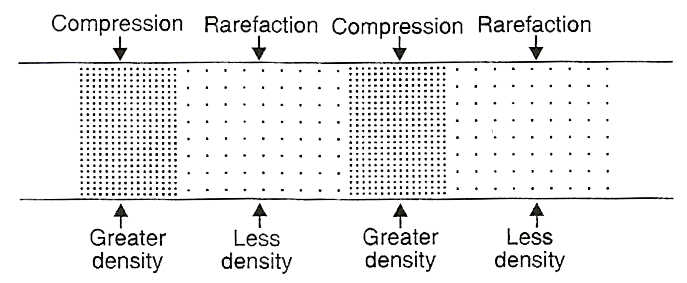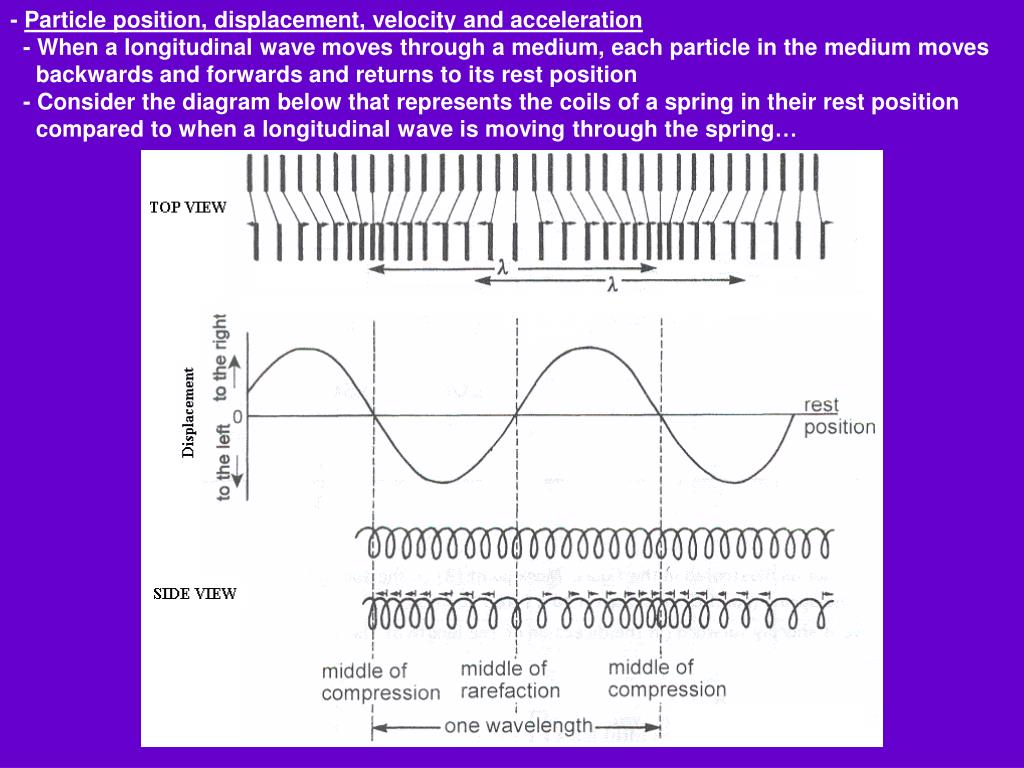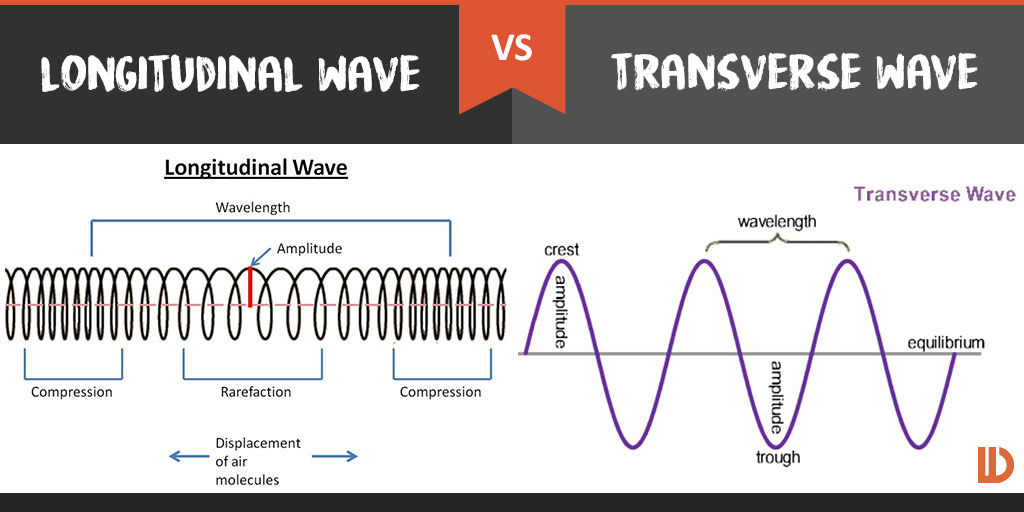How to measure amplitude of longitudinal wave information
Home » Trend » How to measure amplitude of longitudinal wave informationYour How to measure amplitude of longitudinal wave images are available in this site. How to measure amplitude of longitudinal wave are a topic that is being searched for and liked by netizens now. You can Get the How to measure amplitude of longitudinal wave files here. Download all free photos and vectors.
If you’re looking for how to measure amplitude of longitudinal wave images information connected with to the how to measure amplitude of longitudinal wave keyword, you have visit the ideal blog. Our website frequently provides you with suggestions for downloading the highest quality video and image content, please kindly surf and find more informative video articles and images that fit your interests.
How To Measure Amplitude Of Longitudinal Wave. Top best answers to the question «does longitudinal wave have amplitude» answered by candido yost on thu, apr 8, 2021 3:15 pm. Cat (girl who had the exact same question as you. In a transverse wave, amplitude is the measure from the resting position to either the crest (high point of the wave) or to the trough (low point of the wave.)in a longitudinal wave, like this video, amplitude is measured by determining how far the molecules of the medium have moved from their normal rest position. For a longitudinal wave which is a pressure wave this would be the maximum increase (or decrease) in pressure from the equilibrium pressure that is cause when a compression (or rarefaction) passes a point.

In a transverse wave, amplitude is the measure from the resting position to either the crest (high point of the wave) or to the trough (low point of the wave.)in a longitudinal wave, like this video, amplitude is measured by determining how far the molecules of the medium have moved from their normal rest position. 38 votes) amplitude is generally calculated by looking on a graph of a wave and measuring the height of the wave from the resting position. The concept of measuring how far molecules move is difficult to measure, so amplitude is usually only discussed in terms of transverse waves. If we want to measure the amplitude of this type of wave we need to know the distance between particles of the medium that is. The wave’s amplitude is equal to half of this height. The wavelength is the distance of one complete wave cycle.
The wavelength is the distance of one complete wave cycle.
The amplitude formula for a wave is amplitude (a) = distance traveled by the wave (d) / frequency of the wave (f). When the amplitude of a wave steadily decreases because its energy is being lost, it is said to be damped. In a longitudinal wave, like this video, amplitude is measured by determining how far the molecules of the medium have moved from their normal rest position. The amplitude of a longitudinal wave is equal to the distance a point on the wave is displaced from its resting position. In a transverse wave, this means that the amplitude of the wave is the highest or lowest point. The amplitude formula for a wave is amplitude (a) = distance traveled by the wave (d) / frequency of the wave (f).
 Source: slideshare.net
Source: slideshare.net
The wave’s amplitude is equal to half of this height. The concept of measuring how far molecules move is difficult to measure, so amplitude is usually only discussed in terms of transverse waves. Even in transversal waves, you usually need different units than meters because the wave has electric and magnetic vectors and not really any height to speak of. You measure the amount of excursion from the equilibrium (no wave) level of whatever parameter is fluctuating. Wavelength of a longitudinal wave.
 Source: researchgate.net
Source: researchgate.net
Wavelength of a longitudinal wave. What is the width of the green trace? When the amplitude of a wave steadily decreases because its energy is being lost, it is said to be damped. The amplitude of a longitudinal wave is equal to the distance a point on the wave is displaced from its resting position. The symbol for wavelength is the greek letter lambda, λ.
 Source: pinterest.com
Source: pinterest.com
For a longitudinal wave, such as a sound wave, amplitude is measured by the maximum displacement of a particle from its position of equilibrium. In a transverse wave, amplitude is the measure from the resting position to either the crest (high point of the wave) or to the trough (low point of the wave.) in a longitudinal wave, like this video, amplitude is measured by determining how far the molecules of the medium have moved from their normal rest position. For example, when looking at a sound wave, the amplitude will measure the loudness of the sound. The concept of measuring how far molecules move is difficult to measure, so amplitude is usually only discussed in terms of transverse waves. The symbol for wavelength is the greek letter lambda, λ.
 Source:
Source:
In a transverse wave, amplitude is the measure from the resting position to either the crest (high point of the wave) or to the trough (low point of the wave.)in a longitudinal wave, like this video, amplitude is measured by determining how far the molecules of the medium have moved from their normal rest position. The concept of measuring how far molecules move is difficult to measure, so amplitude is usually only discussed in terms of transverse waves. Period and frequency the time taken by the wave to move one wavelength is known as the period. If we want to measure the amplitude of this type of wave we need to know the distance between particles of the medium that is. In a transverse wave, amplitude is the measure from the resting position to either the crest (high point of the wave) or to the trough (low point of the wave.) in a longitudinal wave, like this video, amplitude is measured by determining how far the molecules of the medium have moved from their normal rest position.
 Source:
Source:
In a longitudinal wave, like this video, amplitude is measured by determining how far the molecules of the medium have moved from their normal rest position. The wave’s amplitude is equal to half of this height. The concept of measuring how far molecules move is difficult to measure, so amplitude is usually only discussed in terms of transverse waves. In a longitudinal wave, like this video, amplitude is measured by determining how far the molecules of the medium have moved from their normal rest position. For a longitudinal wave which is a pressure wave this would be the maximum increase (or decrease) in pressure from the equilibrium pressure that is cause when a compression (or rarefaction) passes a point.
 Source: topperlearning.com
Source: topperlearning.com
These disturbances are due to the successive compressions of the medium, where the particles move back and forth in the same direction as the wave. When the amplitude of a wave steadily decreases because its energy is being lost, it is said to be damped. The amplitude is the maximum displacement from equilibrium. In a longitudinal wave, like this video, amplitude is measured by determining how far the molecules of the medium have moved from their normal rest position. In longitudinal waves, such as sound, the vibration is parallel to the propagation direction of the wave itself.
 Source: youtube.com
Source: youtube.com
Top best answers to the question «does longitudinal wave have amplitude» answered by candido yost on thu, apr 8, 2021 3:15 pm. The amplitude is a measure of the strength or intensity of the wave. 38 votes) amplitude is generally calculated by looking on a graph of a wave and measuring the height of the wave from the resting position. Click play, and then click pause. Use the horizontal ruler to measure the width of the green trace.
 Source: slideshare.net
Source: slideshare.net
Top best answers to the question «does longitudinal wave have amplitude» answered by candido yost on thu, apr 8, 2021 3:15 pm. The distance from crest to crest or trough to trough would be 1 wavelength. In a transverse wave, amplitude is the measure from the resting position to either the crest (high point of the wave) or to the trough (low point of the wave.)in a longitudinal wave, like this video, amplitude is measured by determining how far the molecules of the medium have moved from their normal rest position. Of one wave to the crest of the next wave. Wavelength of a longitudinal wave.
Source: learnphysics-dhruv.blogspot.com
Wavelength of a longitudinal wave. When the amplitude of a wave steadily decreases because its energy is being lost, it is said to be damped. Wavelength of a longitudinal wave. The amplitude af a longitudinal wave is in direct correlation with the shock impulse that caused it. The amplitude is a measure of the strength or intensity of the wave.
 Source: youtube.com
Source: youtube.com
The wavelength is the distance of one complete wave cycle. In a transverse wave, amplitude is the measure from the resting position to either the crest (high point of the wave) or to the trough (low point of the wave.) in a longitudinal wave , like this video, amplitude is measured by determining how far the molecules of the medium have moved from their normal rest position. In a longitudinal wave, the amplitude is the maximum distance the wave travels back or forth. The concept of measuring how far molecules move is difficult to measure, so amplitude is usually only discussed in terms of transverse waves. In a longitudinal wave, like this video, amplitude is measured by determining how far the molecules of the medium have moved from their normal rest position.the concept of measuring how far molecules move is difficult to measure, so amplitude is usually only.
 Source: blogchegufizik.wordpress.com
Source: blogchegufizik.wordpress.com
Normally the symbol a is used to represent the amplitude of a wave. The wavelength is the distance of one complete wave cycle. The wave’s amplitude is equal to half of this height. Cat (girl who had the exact same question as you. In longitudinal waves, such as sound, the vibration is parallel to the propagation direction of the wave itself.
 Source: pinterest.com
Source: pinterest.com
In a longitudinal wave, the amplitude is the maximum distance the wave travels back or forth. For example, when looking at a sound wave, the amplitude will measure the loudness of the sound. The concept of measuring how far molecules move is difficult to measure, so amplitude is usually only discussed in terms of transverse waves. In a longitudinal wave, like this video, amplitude is measured by determining how far the molecules of the medium have moved from their normal rest position. In a longitudinal wave, like this video, amplitude is measured by determining how far the molecules of the medium have moved from their normal rest position.
 Source: slideserve.com
Source: slideserve.com
You measure the amount of excursion from the equilibrium (no wave) level of whatever parameter is fluctuating. If the longitudinal wave is electric in nature and not a sound wave the the magnitude of the wave can be measured electrostatically and electrically: You do it by the pressure difference it causes in the medium. The wave’s amplitude is equal to half of this height. Click play, and then click pause.
 Source: youtube.com
Source: youtube.com
You do it by the pressure difference it causes in the medium. If the longitudinal wave is electric in nature and not a sound wave the the magnitude of the wave can be measured electrostatically and electrically: Wavelength of a longitudinal wave. You measure the amount of excursion from the equilibrium (no wave) level of whatever parameter is fluctuating. In longitudinal waves, such as sound, the vibration is parallel to the propagation direction of the wave itself.
 Source: juanitalonspribeen.blogspot.com
Source: juanitalonspribeen.blogspot.com
The amplitude is the measurement of maximum displacement. What is the width of the green trace? The width of the pulse is def. In a transverse wave, amplitude is the measure from the resting position to either the crest (high point of the wave) or to the trough (low point of the wave.) in a longitudinal wave, like this video, amplitude is measured by determining how far the molecules of the medium have moved from their normal rest position. These disturbances are due to the successive compressions of the medium, where the particles move back and forth in the same direction as the wave.
 Source: mrthou.com
Source: mrthou.com
When the amplitude of a wave steadily decreases because its energy is being lost, it is said to be damped. When the amplitude of a wave steadily decreases because its energy is being lost, it is said to be damped. The symbol for wavelength is the greek letter lambda, λ. For a longitudinal wave which is a pressure wave this would be the maximum increase (or decrease) in pressure from the equilibrium pressure that is cause when a compression (or rarefaction) passes a point. If we want to measure the amplitude of this type of wave we need to know the distance between particles of the medium that is.
 Source: mwmresearchgroup.org
Source: mwmresearchgroup.org
What is the width of the green trace? Even in transversal waves, you usually need different units than meters because the wave has electric and magnetic vectors and not really any height to speak of. In a transverse wave, this means that the amplitude of the wave is the highest or lowest point. In a transverse wave, amplitude is the measure from the resting position to either the crest (high point of the wave) or to the trough (low point of the wave.) in a longitudinal wave, like this video, amplitude is measured by determining how far the molecules of the medium have moved from their normal rest position. In a longitudinal wave, like this video, amplitude is measured by determining how far the molecules of the medium have moved from their normal rest position.
 Source: goprep.co
Source: goprep.co
The concept of measuring how far molecules move is difficult to measure, so amplitude is usually only discussed in terms of transverse waves. Click play, and then click pause. The width of the pulse is def. Even in transversal waves, you usually need different units than meters because the wave has electric and magnetic vectors and not really any height to speak of. The amplitude formula for a wave is amplitude (a) = distance traveled by the wave (d) / frequency of the wave (f).
This site is an open community for users to share their favorite wallpapers on the internet, all images or pictures in this website are for personal wallpaper use only, it is stricly prohibited to use this wallpaper for commercial purposes, if you are the author and find this image is shared without your permission, please kindly raise a DMCA report to Us.
If you find this site serviceableness, please support us by sharing this posts to your preference social media accounts like Facebook, Instagram and so on or you can also save this blog page with the title how to measure amplitude of longitudinal wave by using Ctrl + D for devices a laptop with a Windows operating system or Command + D for laptops with an Apple operating system. If you use a smartphone, you can also use the drawer menu of the browser you are using. Whether it’s a Windows, Mac, iOS or Android operating system, you will still be able to bookmark this website.
